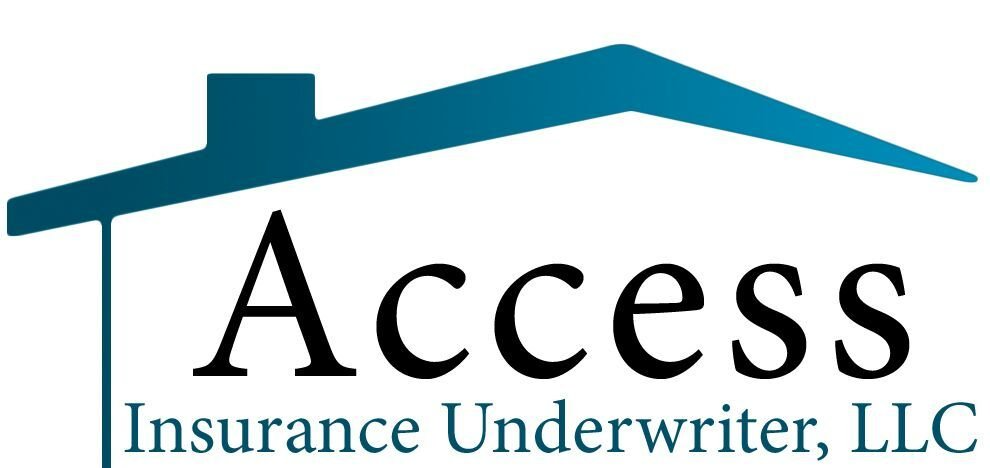Call us at 844-755-0440
How to identify deceptive practices that insurance agents use to bind lowball, phony quotes.
How to identify deceptive practices that insurance agents use to bind lowball, phony quotes.
The average person knows very little about a homeowner policy. They know even less about how a quote is derived.
The average person knows very little about a homeowner policy. They know even less about how a quote is derived. That being said, most insureds are under the belief that the only thing that matters is the price or “premium” and believe that shopping around to multiple agents or agencies will guarantee them the best rate. Insurance agents know this too and instead of teaching their prospects how a policy is rated, many simply “cheat” and supply a phony quote with a low initial rate that will be increased once the insurance company inspects the property.
How is this done?
There are multiple ways that dishonest and lazy agents trick unsuspecting clients into binding a phony lowball quote, below are the two most common rating scams:
Replacement cost estimator deception
Here’s how this works. All insurance companies require that a home be insured for it’s proper value. If a home is insured for less than 80% of it’s rebuild cost, a “coinsurance penalty” may be imposed which greatly reduces your payout in the event of a claim (see the below explanation on how to avoid a coinsurance penalty). Here’s how they do it. Let’s say the cost to rebuild your home is $600,000 as determined by a legitimate replacement cost estimator, which most insurance companies supply to their agents. The deceptive agent knows that their prospect wants the lowest rate so they underinsure the home. Let’s say they estimate the cost to rebuild the home at 50% or $300,000 in this example making the initial premium 50% lower than most other agent’s quotes. The client feels that he is getting the lowest price, which of course he is. Here is where the scam falls apart, the legitimate quote with the properly insured amount of $600,000 for the dwelling replacement is $5000 and the phony quote with $300,000 is $2500. Once the insurance company inspects the home and does a legitimate replacement cost estimator, they will immediately endorse the policy to raise the coverage to what it was supposed to be, $600,000. This of course increases the premium by $2500! Of course the client is upset but many times doesn’t even know this happened until a year later when he sees his new escrow analysis. A year later, the mortgage escrow needs to make up for the deficit from last year, the extra $2500 along with the new increased premium for the coming year, that’s a least an additional $5000!!! Divide that number by 12 months and this client would see their monthly mortgage and escrow payment go up by $500 per month!
The deceptive agent by the way, knows this and when the invoice comes to the agency, he simply sends it to the mortgage company who immediately pays it for the client. If the client complains The deceptive agents tells him that there is nothing he can do as the insurance company determined that they will not insure him for this lower replacement cost. The deceptive agent beat out the honest agents and has the client and the commission. Even if the client is upset and shops his policy he will find out that the premiums are the same!
Home credit quote deception
Deceptive agents can also manipulate a quote very simply by giving you a lowball
quote with credits that your house does not have. There are many credits that can lower your premium but you may not have those credits based on your inspections, home design, distance to a fire hydrant etc. Here is how this works. Let ‘s say that your home has a gable roof. This type of roof is not as advantageous as a hip roof and can cost about 30% more in premium to insure than a hip roof. So in order to provide you with a lowball quote, the deceptive agent, when doing your quote, simply clicks off hip roof versus gable roof, giving you a reduced price. The client accepts the lowball quote and the agent binds it. The agent knows full well that once the inspection is done that the credit will be removed and the client will have to pay the difference. But just like the replacement scam explained above, the policy is endorsed for the correct premium and the bill is sent to the mortgage company for payment and once again may not even be discovered by the client until next year’s escrow analysis.
How to protect yourself from these two common deceptive practices!
- Demand to see the agent’s replacement cost estimator when they provide the quote. If it is exceptionally low, it is most likely a deceptive quote and a deceptive agent.
- Check on the internet for approximate rebuild costs per square foot for your area, these are easily obtainable and vary based on location and type of finishings.
- Check the quote for accuracy. Ask the agent for the rating factors such as type of roof, hip, gable, or flat. Check each and every credit given in the quote and make sure that they line up with your inspections, usually what is called a 4 point and or a wind mitigation.
- Check the google ratings of the agency, if an agency is using deceptive practices, it will many times show up in their ratings. Clients that were deceived are usually not very happy!
Call us at: 1- 844-755-0440
Ft Lauderdale Office
(954) 565-4666
2850 N Andrews Ave.
Ft Lauderdale, FL 33311

